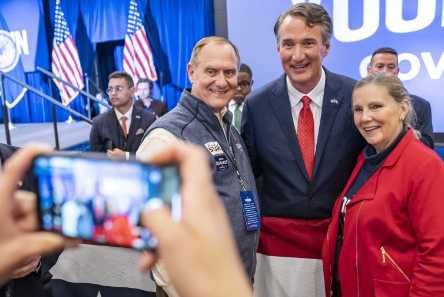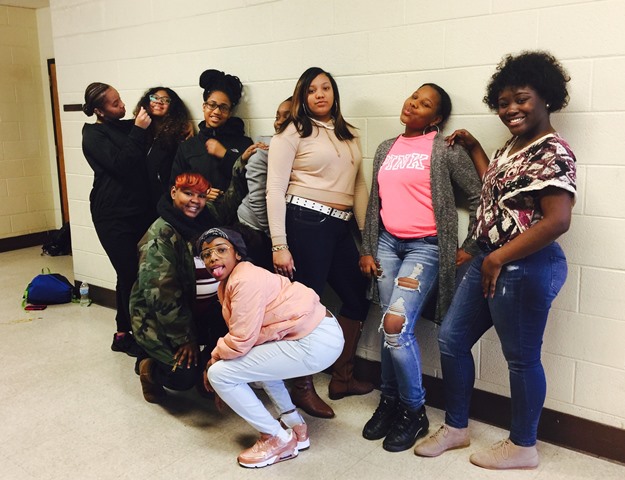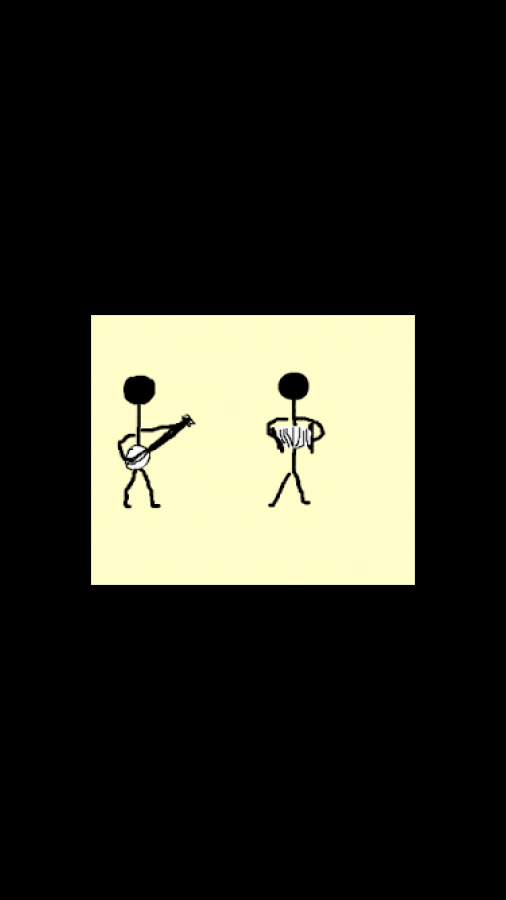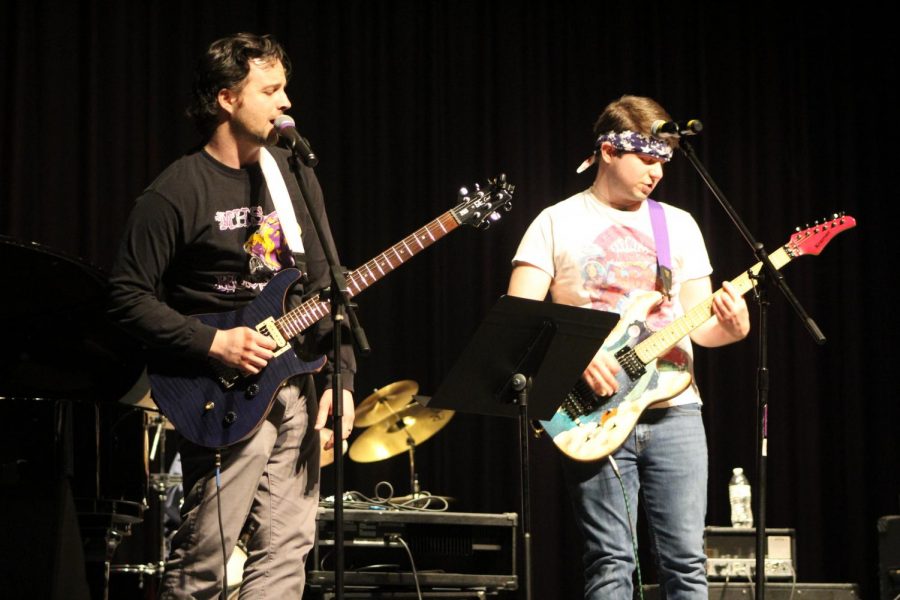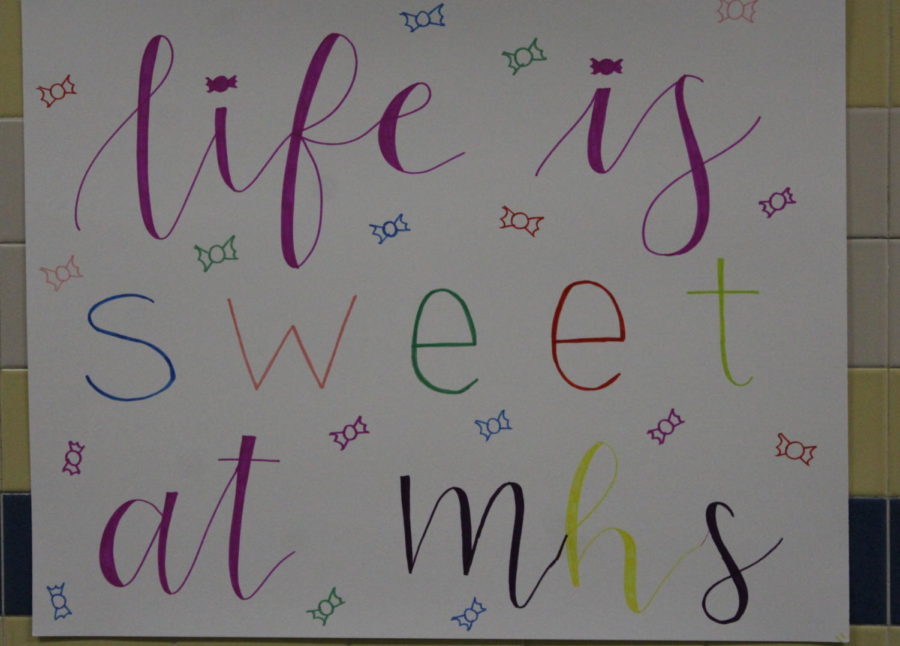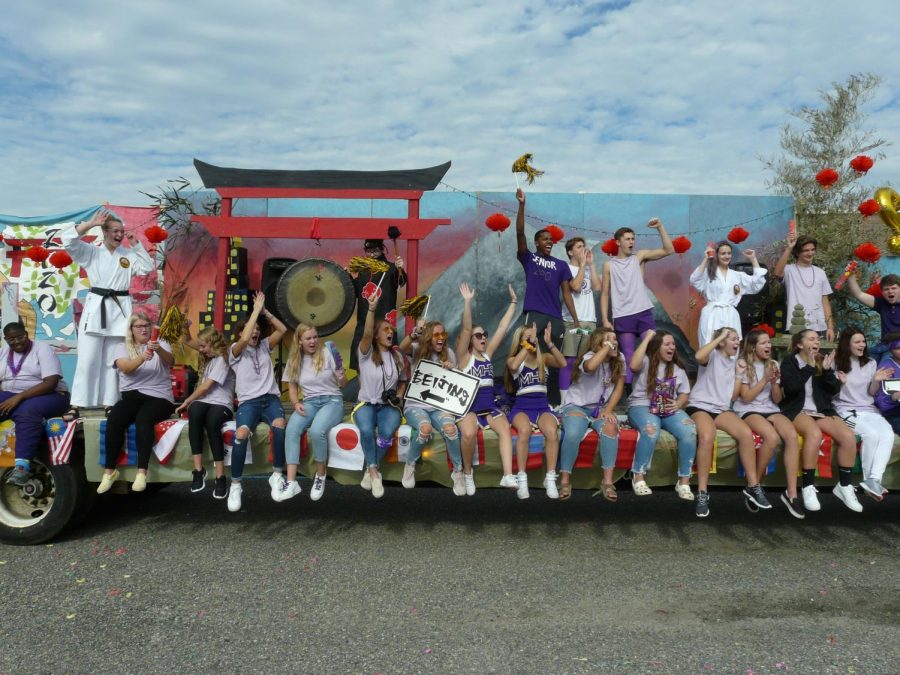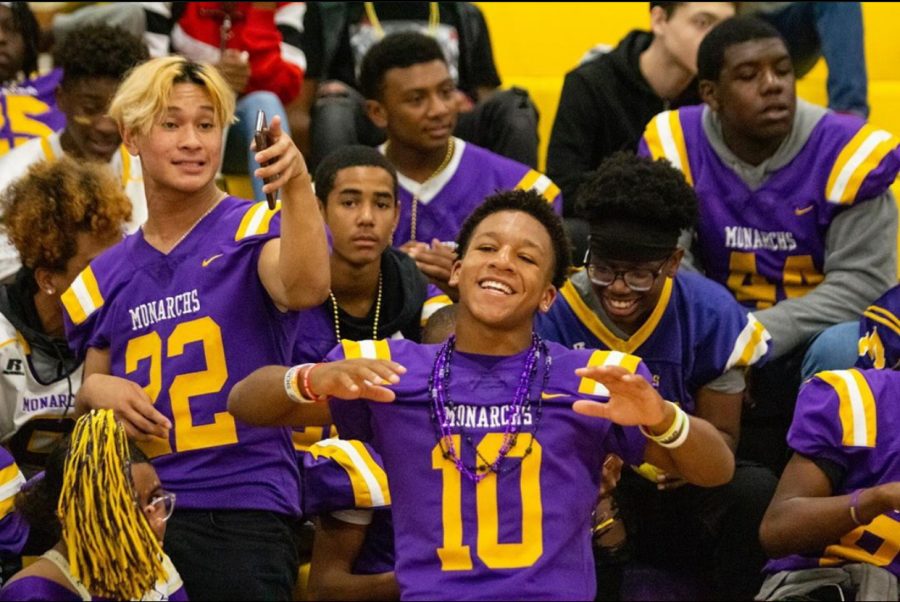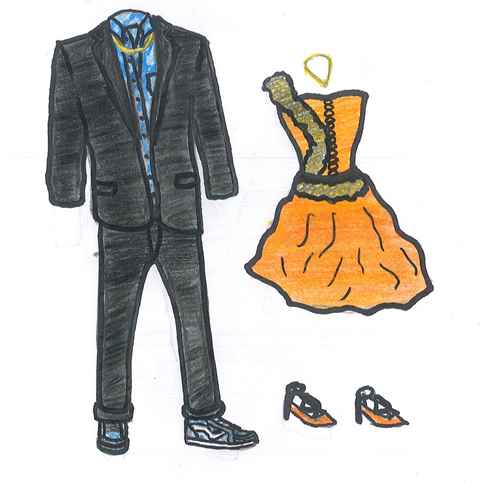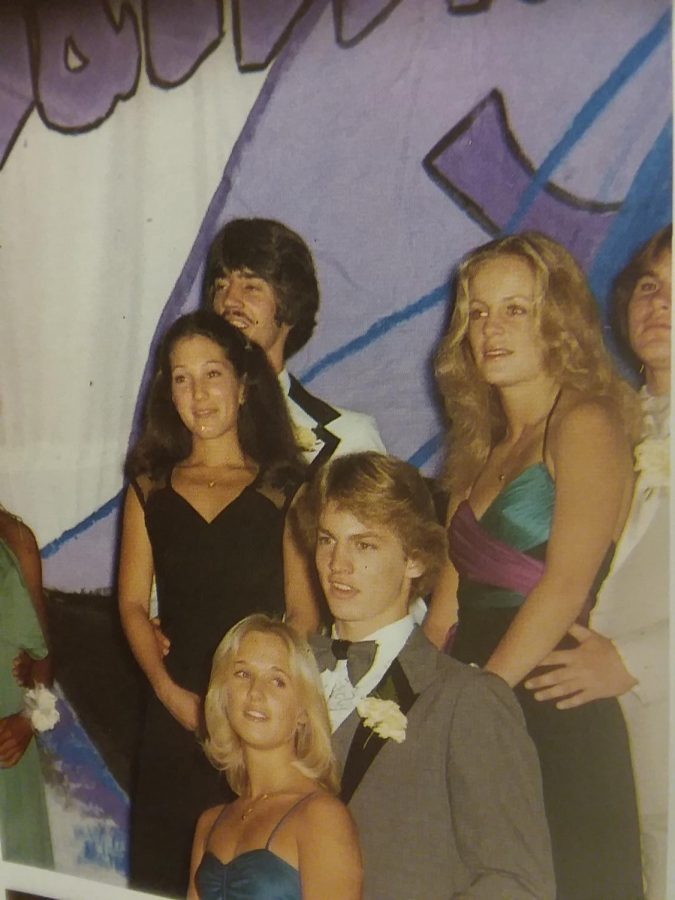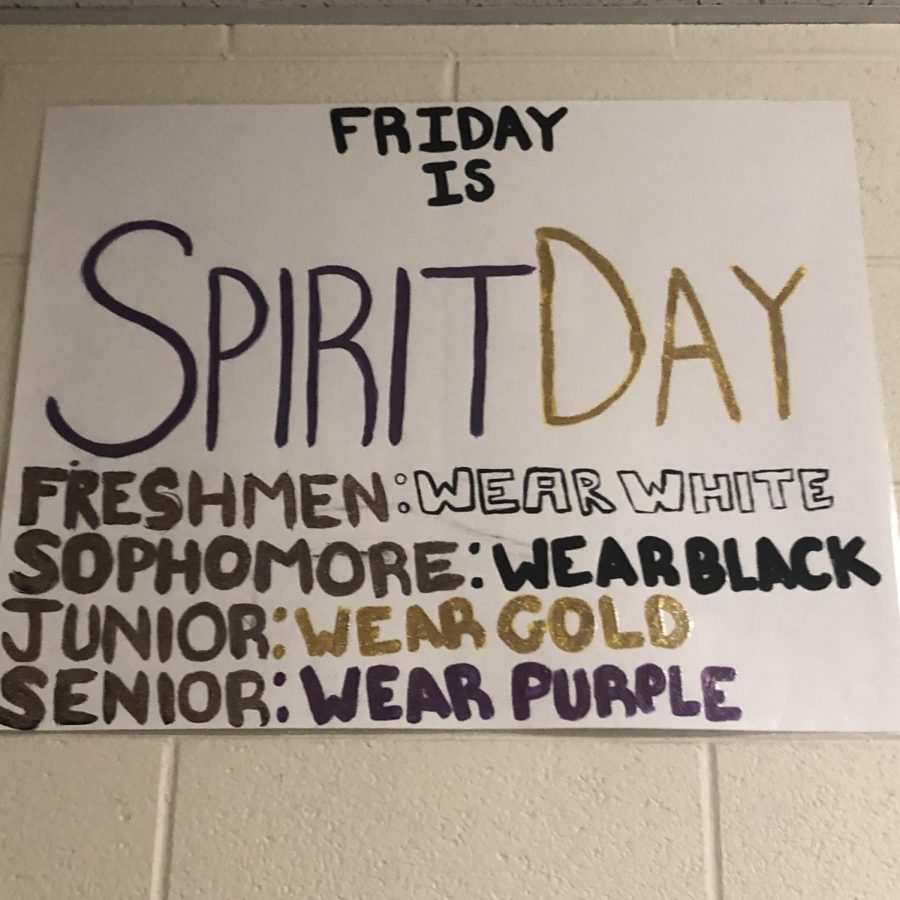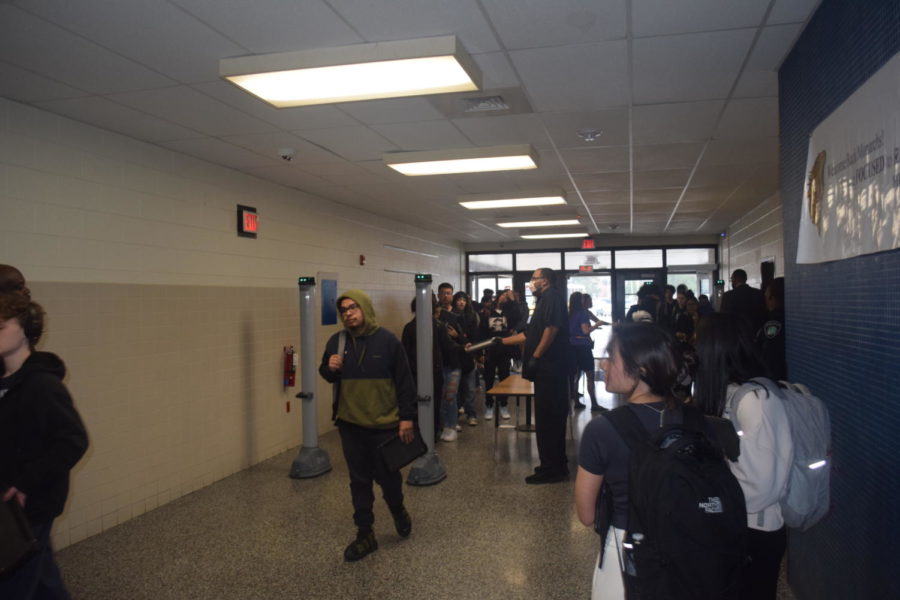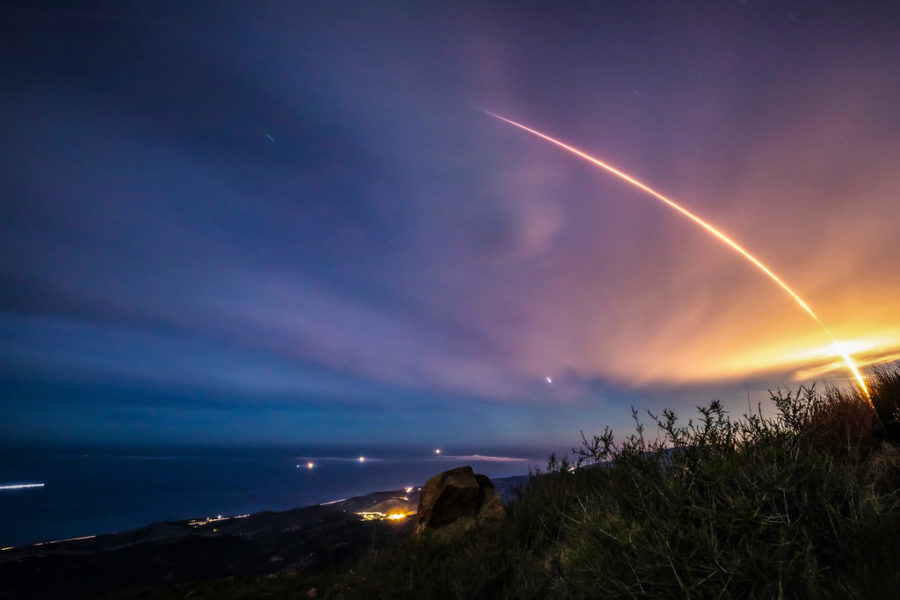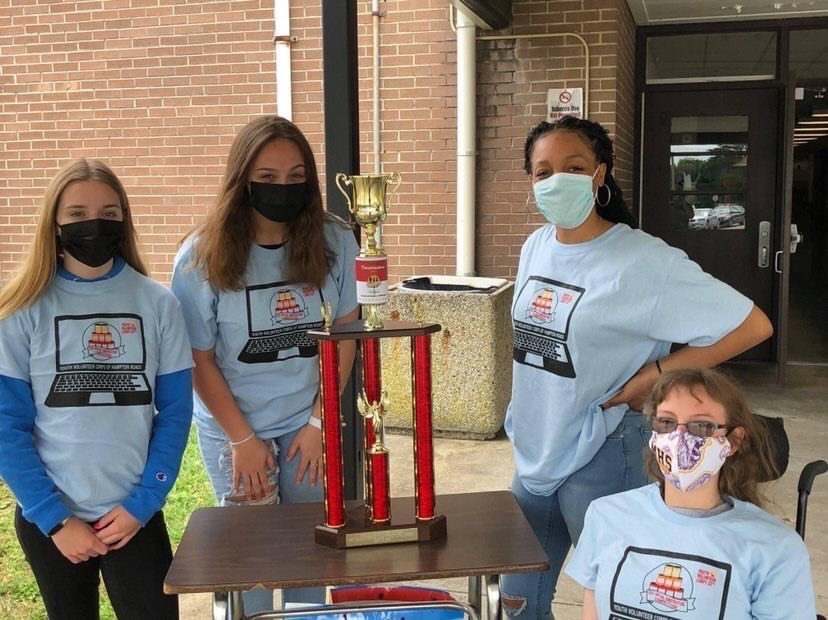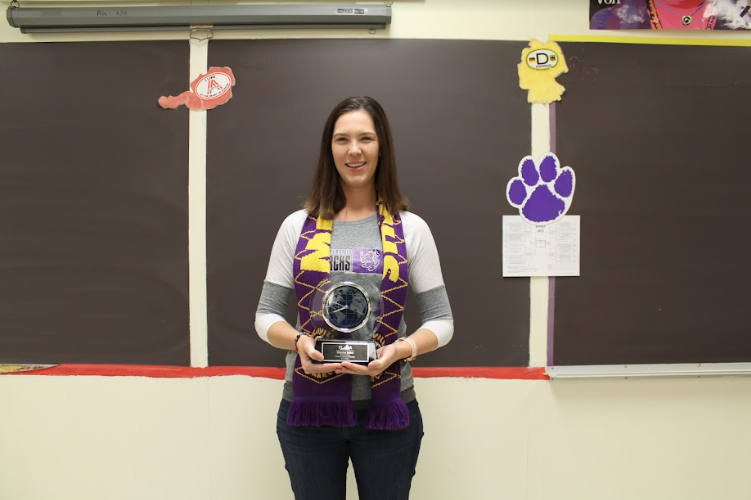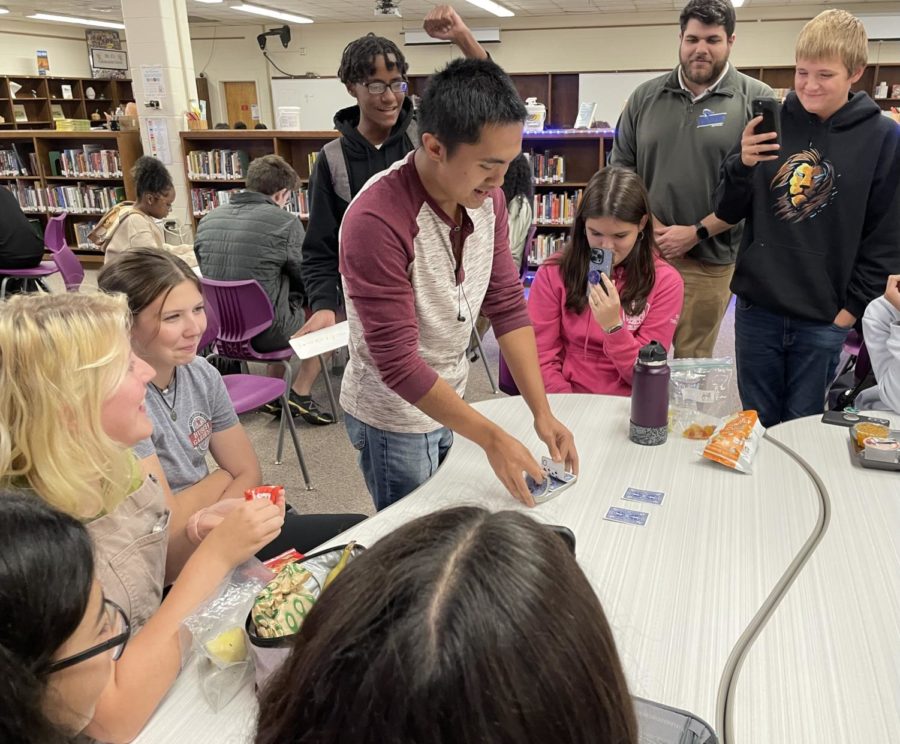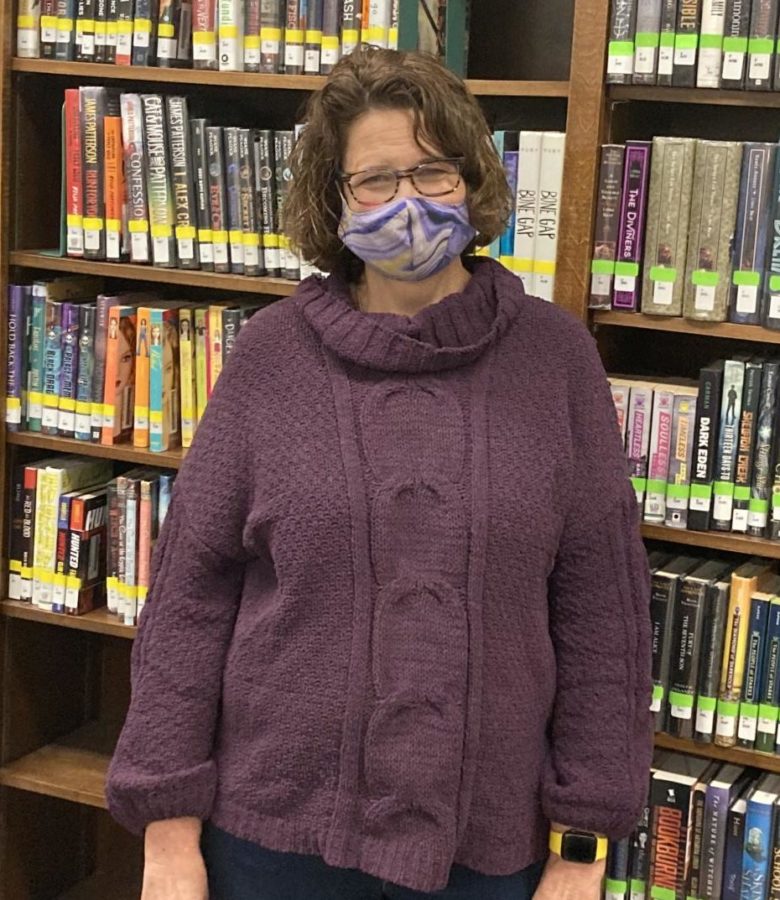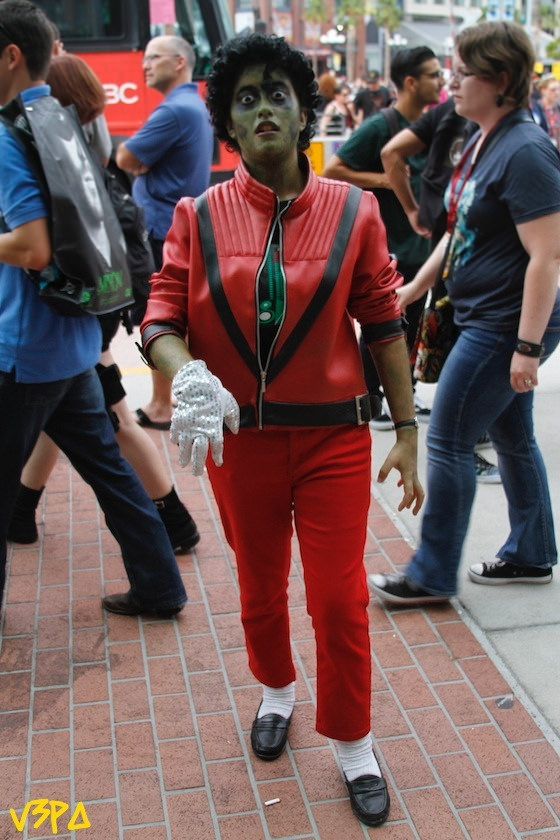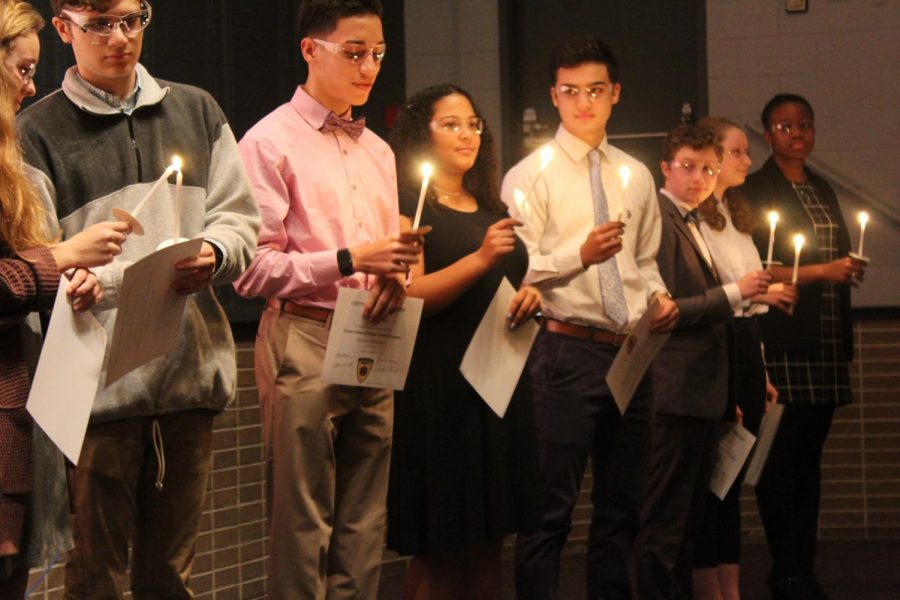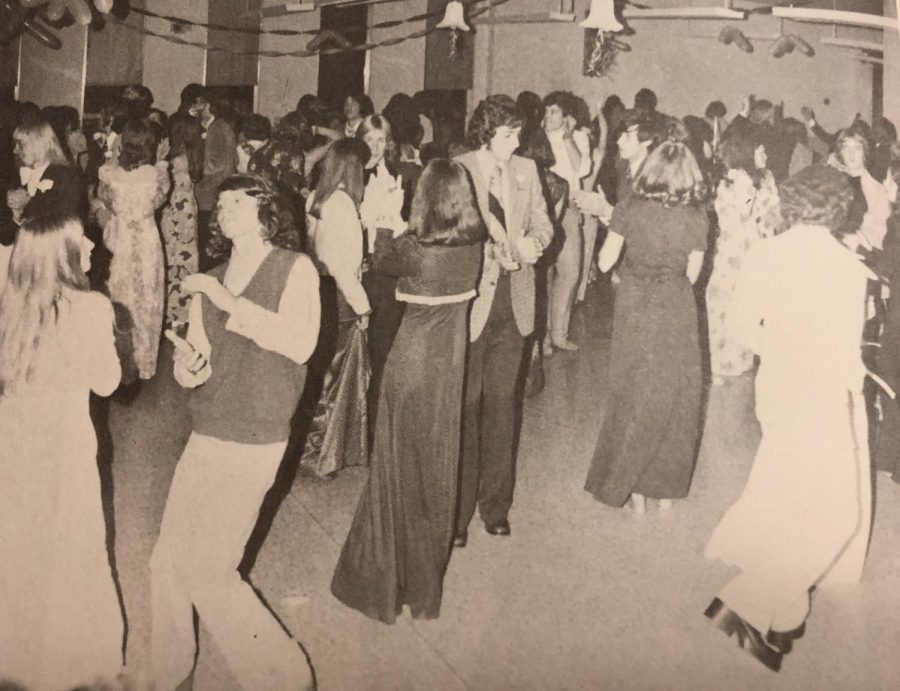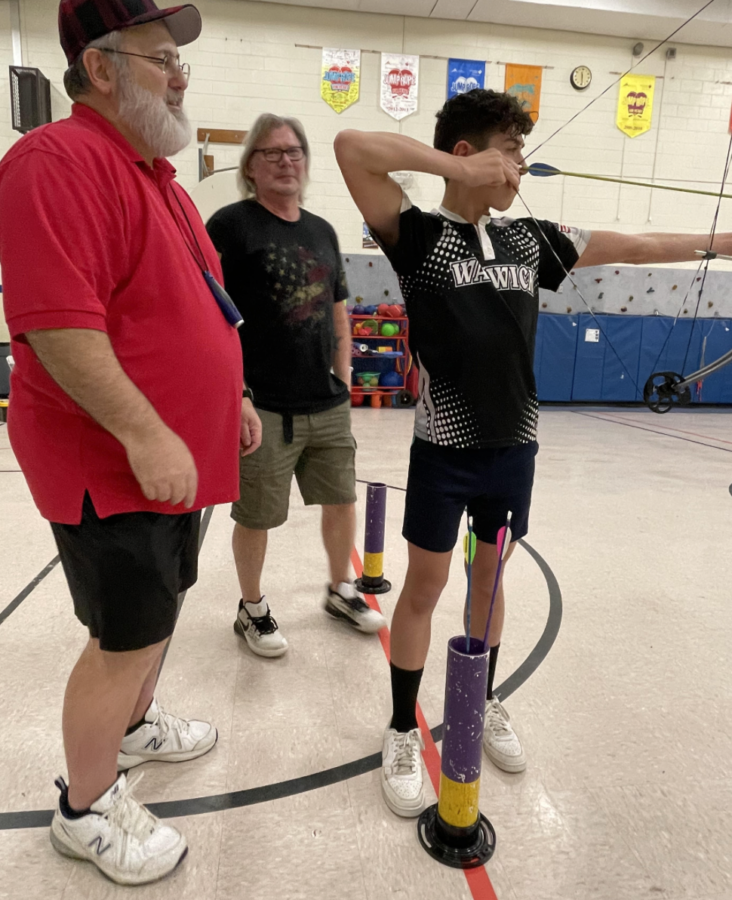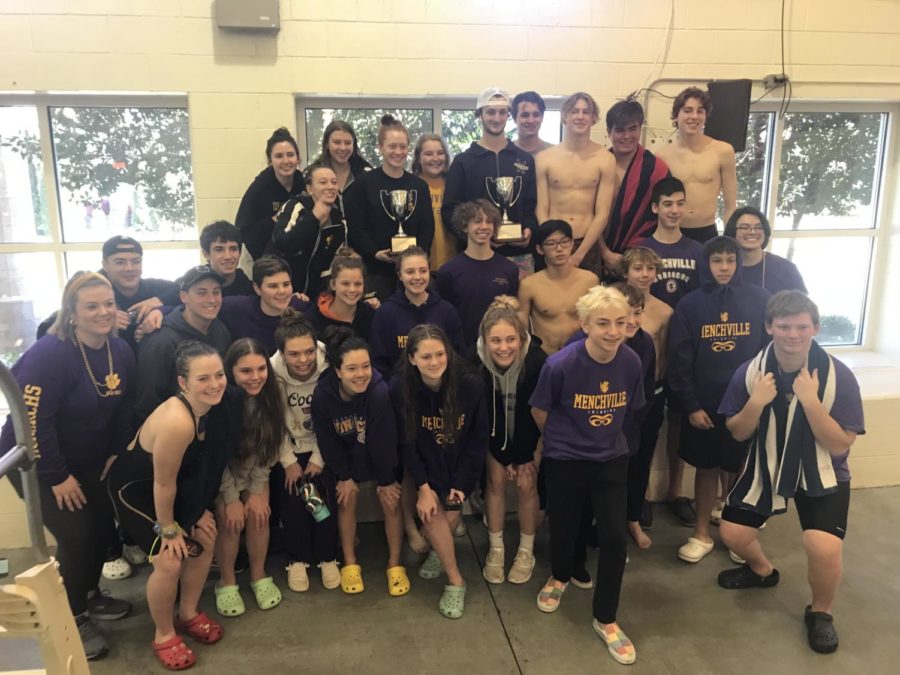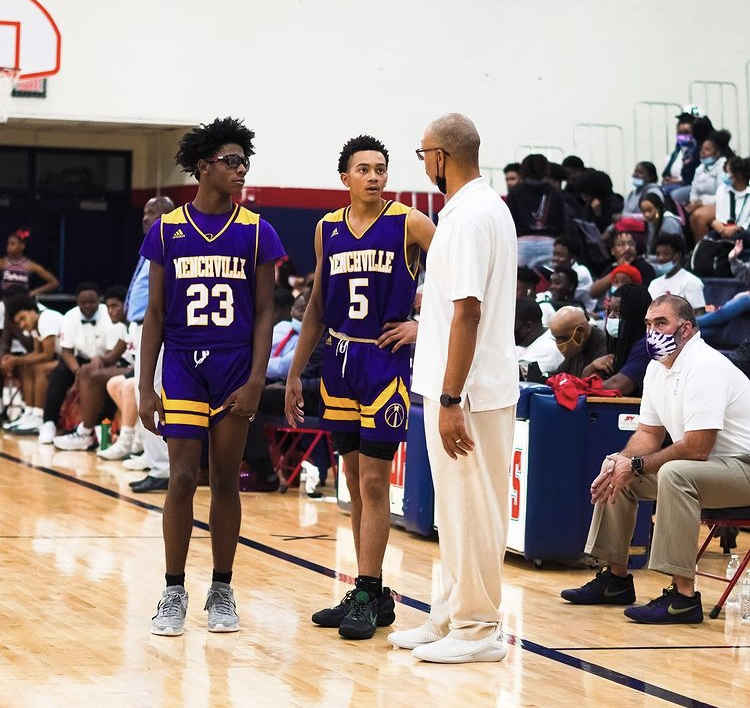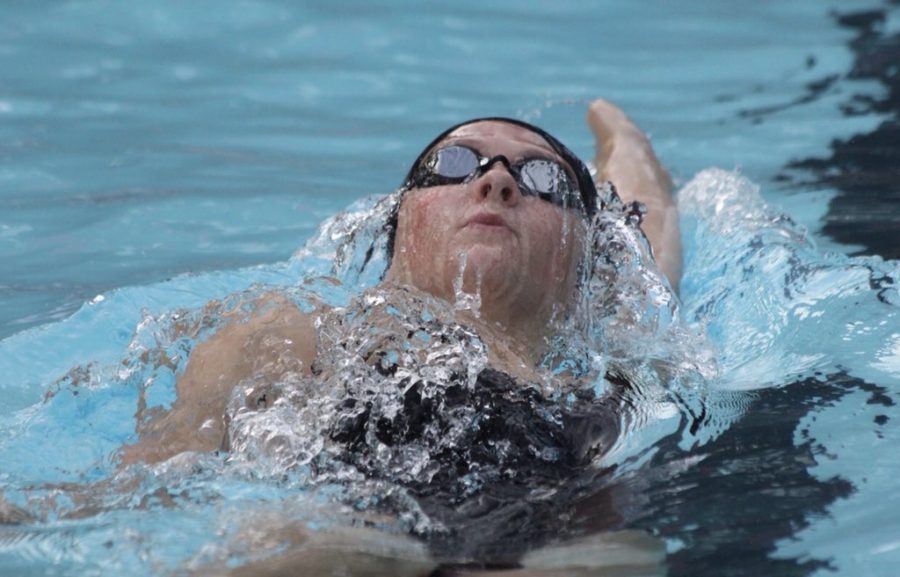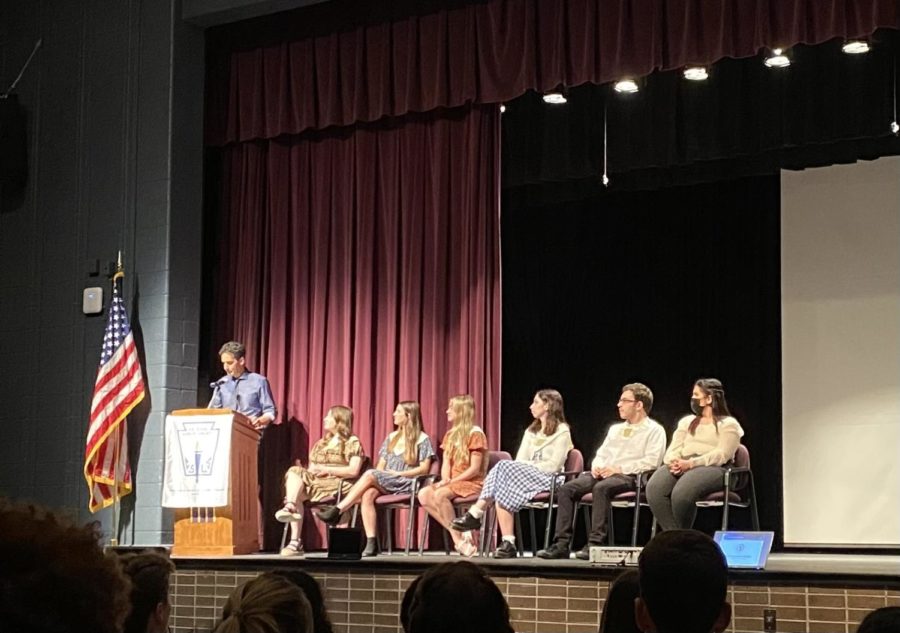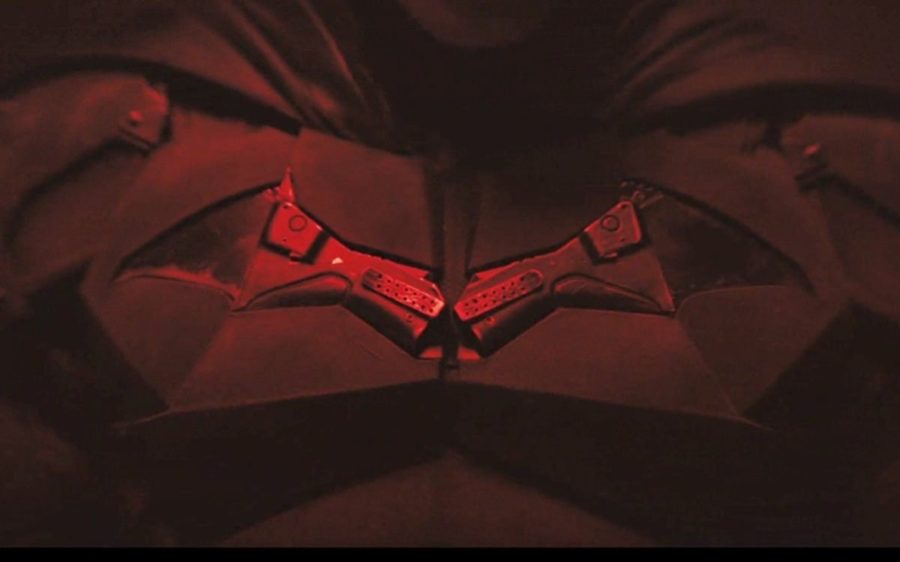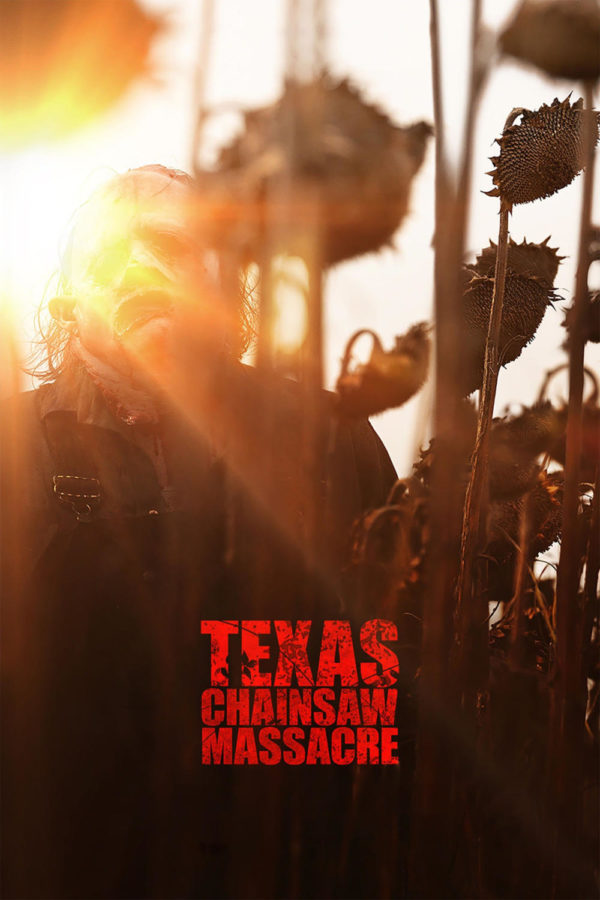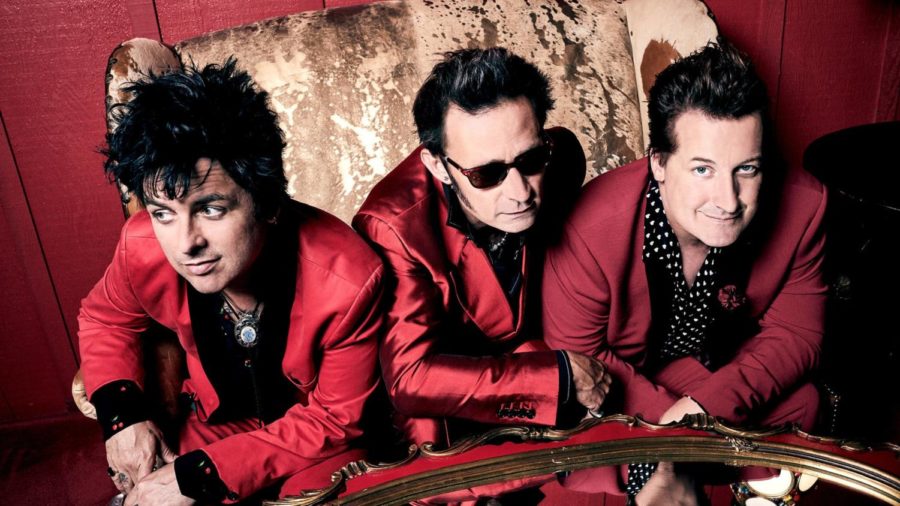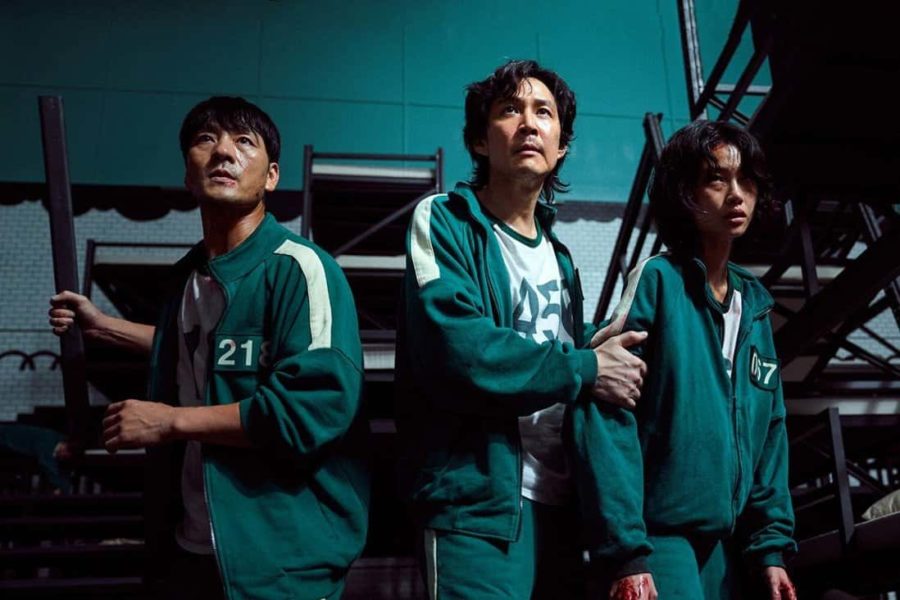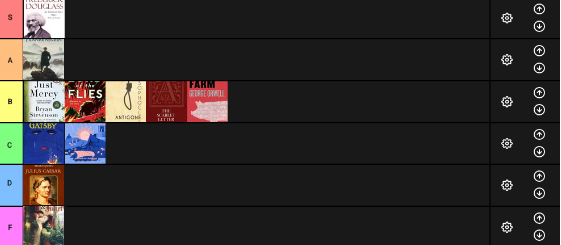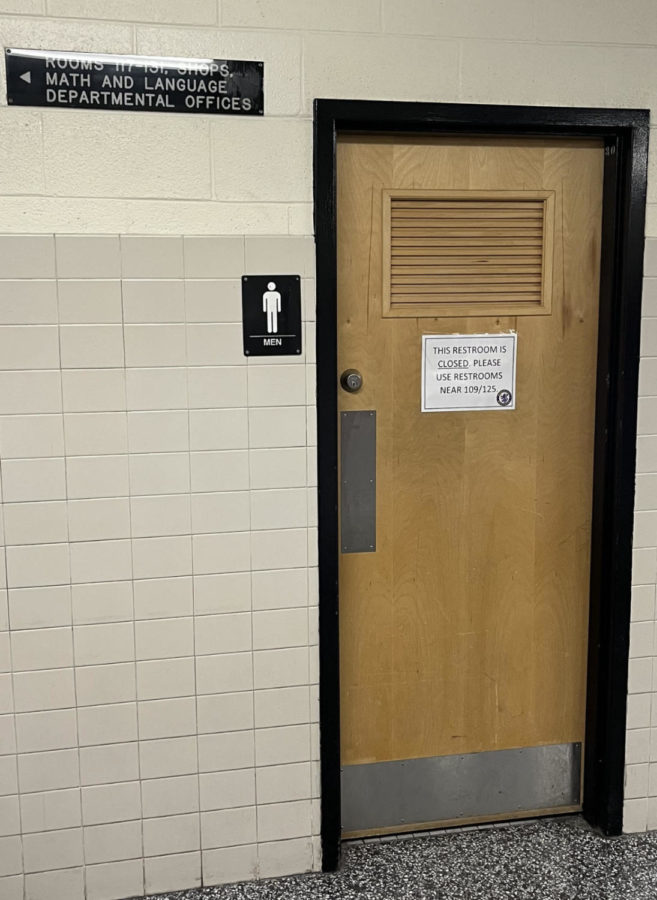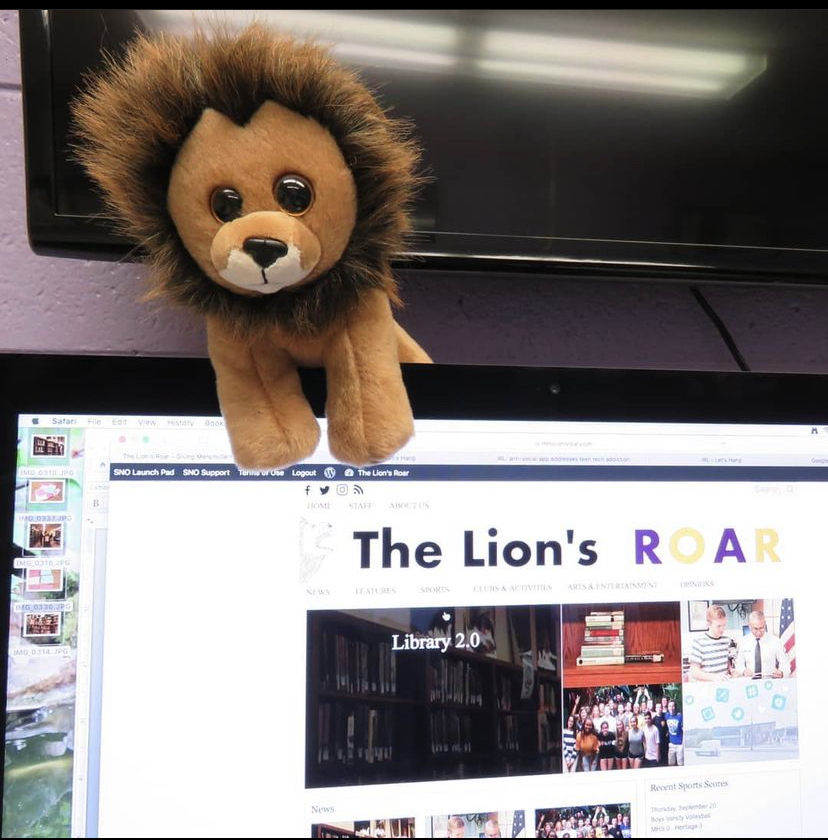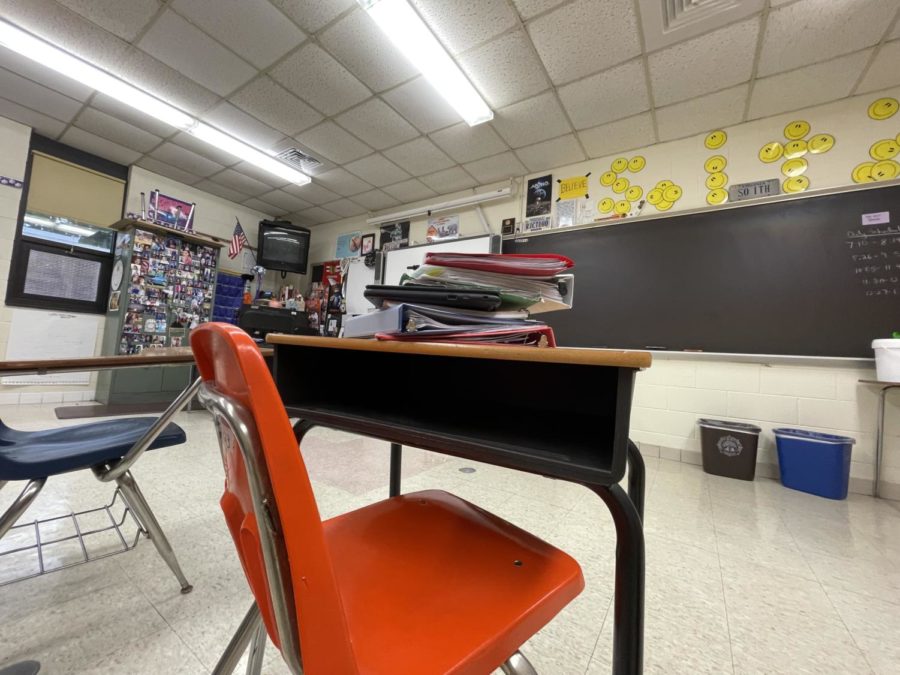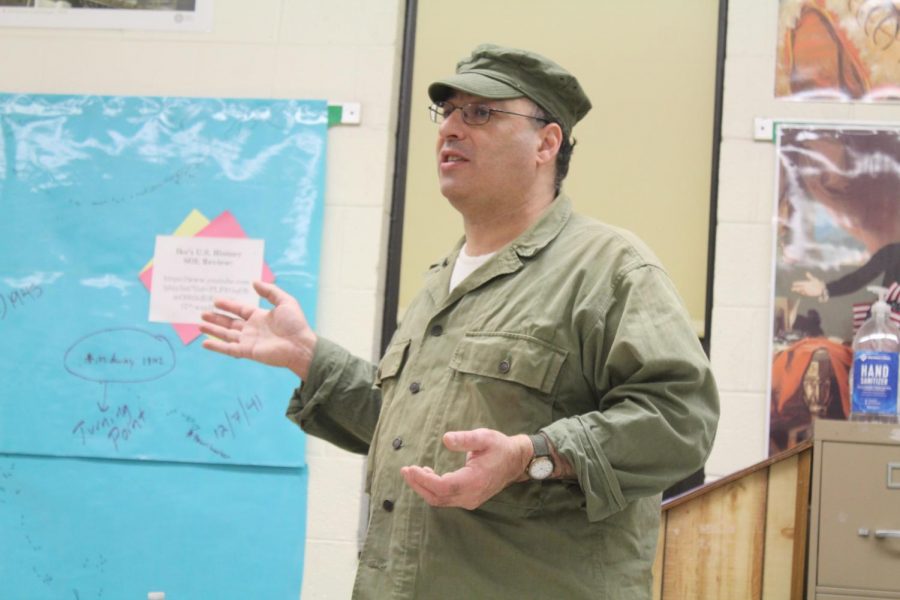Causes, Casualties, and Costumes: Virginia War Museum Visitor Discusses World War II
“When we talk about World War II, what comes to mind?” This question hung in the minds of Mrs. Eichenlaub’s AP United States history class Tuesday, February 25, as they welcomed Mr. Chris Garcia, a Historian at the Virginia War Museum, into the class. Garcia was here to discuss the causes, effects, facts, and casualties of the Second World War.
“We’re talking about World War II. We’re talking about the most devastating war in human history. We’re talking about a conflict that we really don’t even know how many people got killed in,” Garcia remarked. “It’s probably in the neighborhood of about 20 million people, not counting the Holocaust. The Germans lost between four and six million people, killed. The Russians lost anywhere between twelve and fourteen million people, no one knows how many people the Soviets lost, and they never made that information public.”
Garcia began the discussion by talking about the invasion of Poland and the beginning of the war in Europe, including the causes for the war and the early events that occurred before the war spread outside of Europe and became more severe.
“When you win a war, you usually don’t change how you do business because you say it worked, we’re not going to change how we do it. So the British and the French still operated through most of World War II with a World War I mentality. The Germans lost (World War I), so they reevaluated, they came up with Blitzkrieg tactics based on their experience with World War I.”
Garcia explained the six-month time period at the beginning of the war, known jokingly as the “sitzkrieg,” during which the French and Germans had no desire to attack each other. The sitzkrieg lasted until the Germans made their next move by invading Denmark and Norway.
“Then they (Germany) pretty much have all of Western Europe. We’re not even one year into the war, and at that point, the Germans really control everything from the Soviet Union to the English Channel.”
Garcia also discussed the different German, Russian, and American armies during the war and volunteers from the class modeled the uniforms of the average soldier from each country (see photo gallery).
“The Germans, like most other armies, went off to war with pretty much the same equipment that they carried in the previous war. The Germans rethought how they did a lot of things, but one of the things that they did not rethink was their uniforms. This collar uniform is the same collar uniform that her father would have worn in World War I, and the equipment is almost completely identical.”
“It was standard issue (for a gas mask). All the armies had poison gas. They had all experienced it in World War I, and realized that it’s not that effective, and all the leadership had had to wear gas masks for hours and hours at a time so they had no desire to replicate that experience, so everybody refrained from using it. The only people that used poison gas on the battlefield in World War II were the Japanese, and they used them against the Chinese in Manchuria. So, (the German soldiers) are stuck carrying that gas mask around for the whole war.”
Lauren Bueter demonstrated the average look of the Soviet Union army, the only army during World War II that allowed women to fight in the war due to a shortage of soldiers. This army was also different from the Germans and Americans because it allowed medics to carry weapons. The average Soviet uniform was a Russian shirt, the “typical peasant blouse of Russian soldiers.” It also included a leather belt, an ammunition pouch, a canteen, grenade pouch, a haversack to carry food and basic necessities, a knapsack, and a soft-cap.
“The Russians really don’t like to wear helmets. One, they have a shortage of steel because steel priority is going toward things like tanks and cannons, and two, the Russian helmet is probably the most uncomfortable helmet of all of them in World War II. So, a lot of times they would wear soft hats, and in the colder weather, that hat (is better). She can tie the ear flaps down to keep her ears warm.”
In the beginning of the war, the Russians did not have many experienced soldiers due to a lack of large training facilities, and many soldiers learned their simple war tactics on the battlefield. By 1943, however, officers had gained more experience, and senior officers who had worked with the Germans in the early 1920s and 1930s to develop the blitzkrieg techniques began to develop their own versions of the tactic. To make up for their lack of experience in comparison to other countries, the Russians also had extremely effective weapons.
“If you want to talk in car terms, German weapons are Mercedes-Benz. (To keep them around,) you have to take good care of them. Russian weapons were Toyotas. They could run forever,” Garcia explained. “The Russians have rifles and machine guns just like everyone else, and they have sub-machine guns, but they issue sub-machine guns on massive numbers that are a little different than German or American sub-machine guns that would typically only have 20 rounds. This typically had about 60 to 75 rounds.”
Garcia explained how the war changed when America became involved. He stated that in October of 1940, Franklin D. Roosevelt created the first peacetime draft, and started drafting American soldiers into the war. Bootcamps were created to ensure that every soldier had a basic level of training; America then joined the war in December of 1941 after the Japanese attack on Pearl Harbor.
“(The American jacket) has a zipper. The zipper was a new invention at the time. Everybody else really used button up uniforms. The zipper actually makes it more effective and warmer,” Garcia explained. “The United States army doesn’t run around with big heavy uniforms during World War II, they believe in the layer system. It’s more effective, and it’s also really important because the United States has the first fully motorized army in the whole world. Having big bulky uniforms is not good for getting in and out of vehicles.”
Americans also carried a “handy-talkie,” a radio with a range of about one mile that soldiers could hold in their hands.
“(The Germans) don’t have radios on a platoon or company level. They might have a radio on a battalion level, but not on that level (of the American radio). Maybe one in four tanks in the German army had a radio. In the Russian army, maybe one in twelve. Every tank in the United States army had a radio. It allowed a lot more communication.”
The presentation was over much too quickly, but being able to touch and see the World War II equipment up close provided the students with a hands-on lesson that allowed them to better understand the events of the Second World War.

Committed to graduate in 2021, Beth Ellis is a fourth year staff writer for The Lion's Roar. She has always had a passion for writing and taking photos,...





